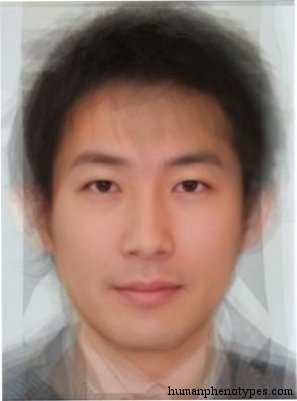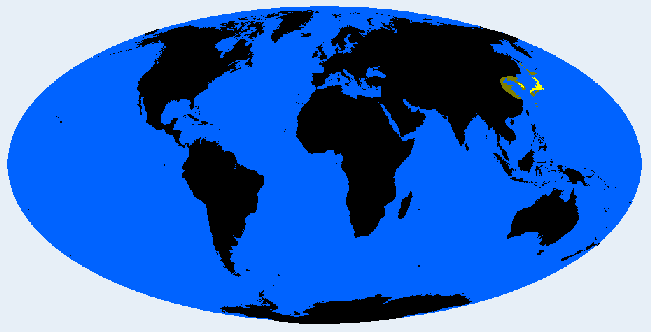Description:
Gracilised variant of the Manchu-Korean type, named after the old Japanese Choshu Domain. Once common in Chinese-Korean aristocracy. Today mainly found in Japan. Can be placed in North Sinid. Probably developed through selection of gracile female features in marriages of the noble circles. In its purest form along the west coast of Honshu, but found across all Japanese islands and sometimes in Korea.Physical Traits:
Light to brownish yellow skin with coarse straight hair. Rather short to medium height, macroskelic, ectomorph. Mesocephalic, sometimes dolichocephalic, (mildly) hypsicranic. Mildly leptorrhine, sometimes convex nose. The face is narrow and elongated, the mouth small, and the eyes oblique, often with the epicanthic fold.Literature:
Defined and named early by Baelz (1883), the name was kept by Eickstedt (1952c), Saller (1949) , Weinert (1965), Vallois (1971) and others. Lundman (1967) equated it with the Yakonin type, who was seen a rare modification by others (Klenke, 1938). Matsumoto's (1921) Chikuzen type is similar, but closer to Satsuma.







